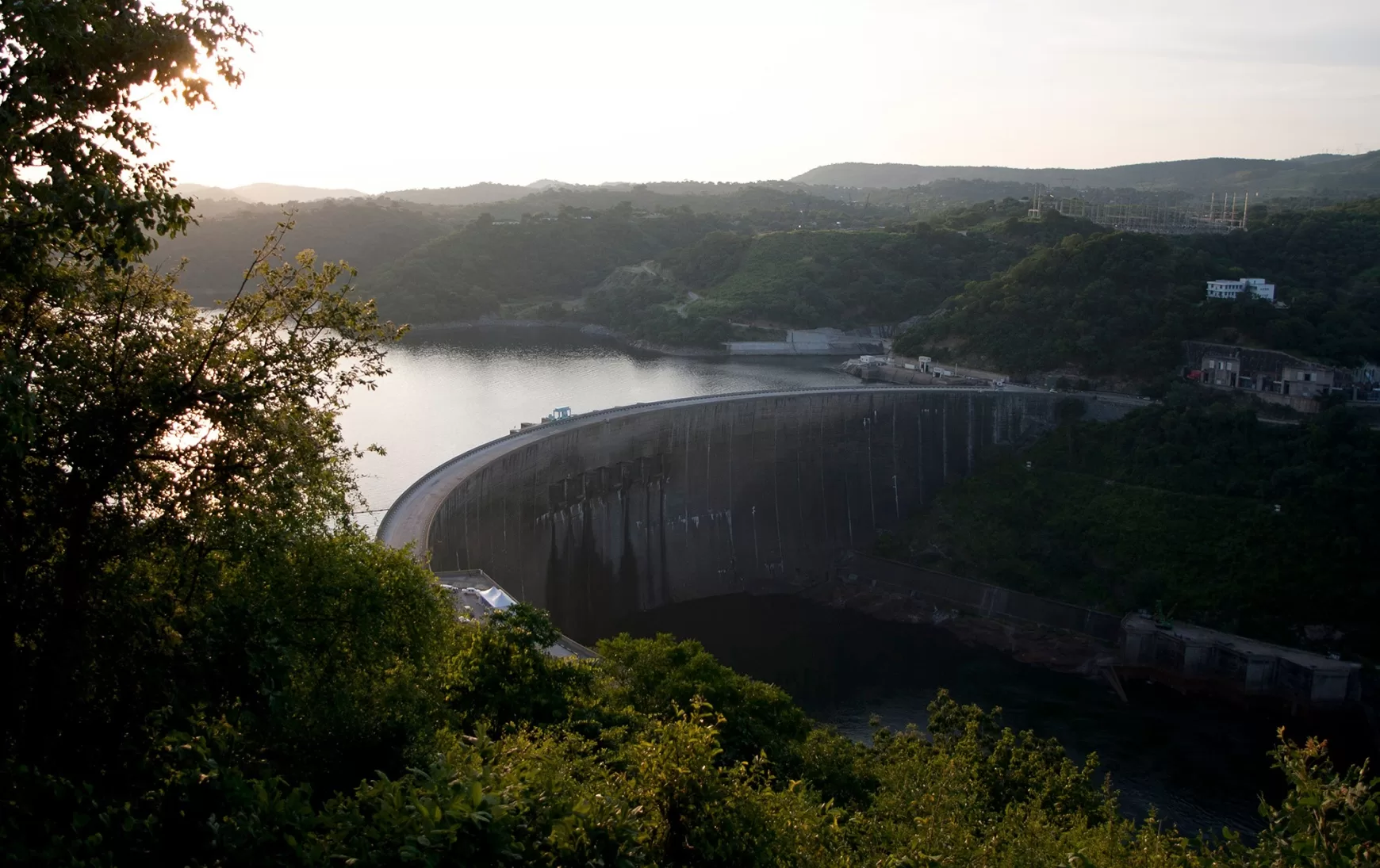Hydroelectric generation on Africa’s largest artificial reservoir nears a standstill as Zambia warns of looming closure by October. Zambia’s state-owned power utility warned it may cease generating electricity at the Kariba dam by October. This is because the nation’s worst drought yet is depleting water levels at the world’s largest artificial reservoir. “Zesco Ltd. is working frantically to avoid a shutdown at the Kariba complex,” Managing Director Victor Mapani noted.
Hydropower makes up about 85% of Zambia’s generation capacity, and consumers already endure power cuts lasting more than 12 hours daily. “We are not sleeping,” Mapani said at a briefing broadcast. But “running into October, we’re going to get the Kariba outage.” Mining companies in Zambia, Africa’s second-biggest copper producer, have resorted to importing power from neighbours to cover a shortfall. The resolution comes after Zesco in June asked them to reduce their normal use by about 40%. That’s increased production costs as they try to maintain output levels.
The State of Affairs Regarding Africa’s Largest Artificial Reservoir
The closure of Africa’s largest artificial reservoir has caused worry for Zambia and Zimbabwe. The Zambezi River Authority allocated 16 billion cubic meters of water to the two countries for power generation to be shared equally this year. That’s the lowest amount ever apportioned for electricity generation. The entity, co-owned by the governments of Zambia and Zimbabwe, which manages the Kariba dam, said that these measures are paramount to stay afloat. 
The water level used to power Kariba’s turbines has plunged in the wake of the drought. Zambia and Zimbabwe each have the capacity to generate more than 1,000 megawatts of electricity. Furthermore, inflows from the Zambezi River are the lowest since 1995, and the reservoir had 10.6% of usable water left by July 29. Zambia has an installed generation capacity of 3,777 megawatts with a peak demand of 2,400 megawatts. The country is importing 410 megawatts and has negotiated an additional 218 megawatts to be implemented this month.
Also read:
The Mega US$5 Billion Batoka Hydropower Construction Contract to be Retendered
The Challenges Facing Hydroelectric Generation in Zambia and Zimbabwe
Beyond its role in tourism, the Zambezi River is essential in hydroelectric power generation in the region. This is because the river feeds in water into Africa’s largest artificial reservoir, the Kariba Dam. Its electric power is harnessed by some of the most significant power stations along the river. This includes the Victoria Falls North Bank Power Station, owned by Zambia. It also includes the Kariba North and Kariba South Power Stations, which are owned by Zambia and Zimbabwe. 
Furthermore, the Caborra Bassa Dam Hydroelectric Power Station significantly contributes to the Southern African Power Pool (SAPP). The power generated from the Kariba Dam meets a substantial portion of the region’s energy needs, making it a cornerstone of the area’s energy infrastructure. However, the prevalence of climate change in the region has dealt a heavy blow to electric power generation. Both nations must find an amicable solution to this challenge that hampers hydroelectric operations in Africa’s largest artificial reservoir almost annually.
Also read:
The European Union allocates $120 million for the rehabilitation of the Kariba Dam.

